Death of a star | ஒரு நட்சத்திரத்தின் அழிவு.
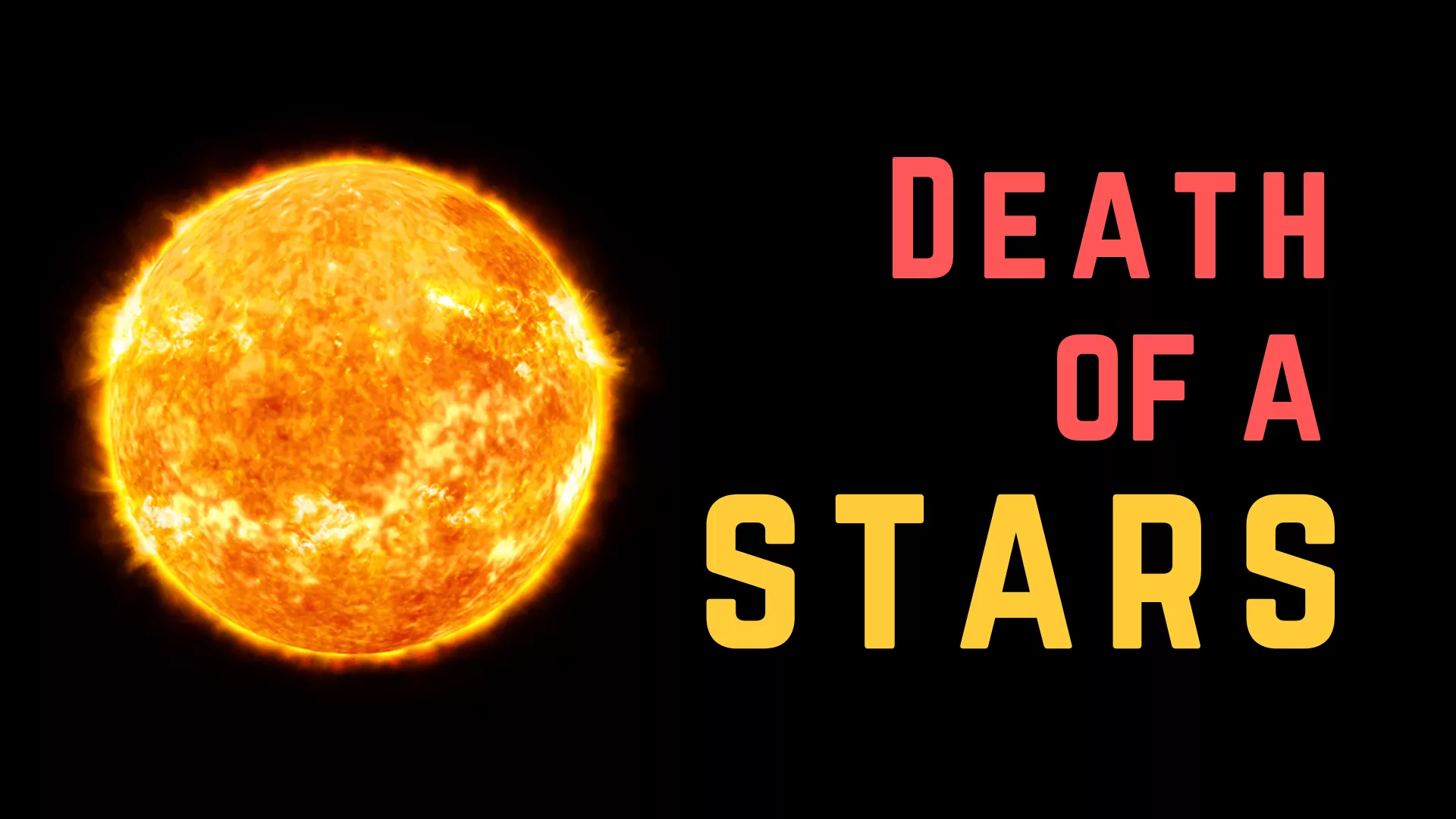
ஒரு நட்சத்திரத்தின் அழிவு.
அனைத்து நட்சத்திரங்களும் இறுதியில் அவற்றின் ஹைட்ரஜன் வாயு எரிபொருள் தீர்ந்து இறக்கின்றன. ஒரு நட்சத்திரம் இறக்கும் விதம், அதில் எவ்வளவு பொருள் உள்ளது-அதன் வெகுஜனத்தைப் பொறுத்தது.
ஹைட்ரஜன் தீர்ந்துவிட்டால், நமது சூரியனைப் போன்ற நிறை கொண்ட ஒரு நட்சத்திரம் விரிவடைந்து சிவப்பு ராட்சதமாக மாறும்.
அதிக நிறை கொண்ட நட்சத்திரத்தில் ஹைட்ரஜன் எரியாமல் இருக்கும்போது, அது விரிவடைந்து ஒரு சிவப்பு சூப்பர்ஜெயண்ட் ஆக மாறுகிறது.
பெரும்பாலான நட்சத்திரங்கள் அமைதியாக மறைந்துவிடும் போது, சூப்பர்ஜெயண்ட்கள் சூப்பர்நோவா எனப்படும் ஒரு பெரிய வெடிப்பில் தங்களைத் தாங்களே அழித்துக் கொள்கின்றன.
பாரிய நட்சத்திரங்களின் மரணம் மற்ற நட்சத்திரங்களின் பிறப்பைத் தூண்டும்.
Main sequence star
முக்கிய வரிசை நட்சத்திரம்: தங்கள் வாழ்க்கைச் சுழற்சியின் நிலையான பகுதியில் இருக்கும் நட்சத்திரங்கள் முக்கிய வரிசை நட்சத்திரங்கள் என்று அழைக்கப்படுகின்றன. எல்லா நட்சத்திரங்களும் தங்கள் வாழ்நாளின் பெரும்பகுதியை இந்தக் கட்டத்தில்தான் கழிக்கின்றன. நமது சூரியன் தற்போது ஒரு முக்கிய வரிசை நட்சத்திரம்.
முக்கிய வரிசை நட்சத்திரங்கள் கிழ்கண்ட நிறை கொண்ட நட்சத்திரங்களாக பிரிக்கலாம்.
- சூரியனைப் போன்ற நிறை கொண்ட நட்சத்திரம்
- சூரியனை விட அதிக நிறை கொண்ட நட்சத்திரம்
சூரியனைப் போன்ற நிறை கொண்ட நட்சத்திரம்
நமது சூரியனைப் போன்ற அல்லது ஒத்த நிறை கொண்ட நட்சத்திரங்கள் எரிபொருள் தீர்ந்து பல பில்லியன் ஆண்டுகளுக்கு பிரகாசிக்கும்.
வாழ்க்கை முடியும் தருவாயில் கிழ்கண்ட சுழற்சி அடைகின்றன.
- கிரக நெபுலா (Planetary nebula)
- வெள்ளை குள்ளன் (White dwarf)
- கருப்பு குள்ளன் (Black dwarf)
1. கிரக நெபுலா (Planetary nebula)
மையத்தில் ஹைட்ரஜன் தீர்ந்துவிடுவதால், நட்சத்திரம் ஹீலியத்தை சுருக்கமாக எரிக்கத் தொடங்குகிறது. இது மேற்பரப்பு அடுக்குகளை வெளியே தள்ளுகிறது மற்றும் நட்சத்திரம் இப்போது சிவப்பு ராட்சதமாக அறியப்படுகிறது.
2. வெள்ளை குள்ளன் (White dwarf)
சிவப்பு ராட்சதத்தின் மையப்பகுதி வெள்ளை குள்ளன் எனப்படும் ஒரு சிறிய, மிகவும் அடர்த்தியான பொருளாக சரிகிறது.
3. கருப்பு குள்ளன் (Black dwarf)
வெள்ளை குள்ளன் காலப்போக்கில் மங்கி, குளிர்ந்து மங்கலான கருப்பு குள்ளனாக மாறுகிறது.
சூரியனை விட அதிக நிறை கொண்ட நட்சத்திரம்
குறைந்த பாரிய நட்சத்திரங்களை விட அதிக பாரிய நட்சத்திரங்கள் தங்கள் எரிபொருளை விரைவாக எரிக்கின்றன. முக்கிய வரிசையில் அதிக பாரிய, வெப்பமான நட்சத்திரங்கள் சில மில்லியன் ஆண்டுகளுக்கு பிரகாசிக்கும்.
வாழ்க்கை முடியும் தருவாயில் கிழ்கண்ட சுழற்சி அடைகின்றன.
- சிவப்பு சூப்பர்ஜெயண்ட் (Red supergiant)
- சூப்பர்நோவா (Supernova)
- நியூட்ரான் நட்சத்திரம் (Neutron star)
- கருந்துளை (Black hole)
1. சிவப்பு சூப்பர்ஜெயண்ட் (Red supergiant)
அதிக நிறை கொண்ட நட்சத்திரம் அதன் மையத்தில் ஹைட்ரஜன் வெளியேறிய பிறகு சிவப்பு சூப்பர்ஜெயண்ட்டை உருவாக்க விரிவடைகிறது.
2.சூப்பர்நோவா (Supernova)
சூப்பர்ஜெயண்ட் சூப்பர்நோவாவாக வெடிக்கிறது. நட்சத்திரத்தின் மையப்பகுதியை விட்டு வெளியேறும் வெளிப்புற அடுக்குகள் விண்வெளியில் வீசப்படுகின்றன, இது சுருங்கத் தொடங்குகிறது.
நியூட்ரான் நட்சத்திரம் (Neutron star)
மையமானது சூரியனை விட 1.5 முதல் 3 மடங்கு பெரியதாக இருந்தால், அது சுருங்கி நியூட்ரான் நட்சத்திரமாக மாறும்.
கருந்துளை (Black hole)
மையமானது சூரியனை விட 3 மடங்கு பெரியதாக இருந்தால், அது கருந்துளையாக சரிந்துவிடும். ஒளி கூட வெளியேற முடியாத அளவுக்கு அடர்த்தியாக இருப்பதால் இது கருப்பாகத் தெரிகிறது.
English Version
The destruction of a star.
All-stars eventually run out of their hydrogen gas fuel. How a star dies depends on its mass.
When hydrogen is depleted, a star as massive as our sun expands and becomes a red giant. When hydrogen is not burning in a high-mass star, it expands and becomes a red supergiant.
Most of the stars disappear silently, and the supergiants destroy themselves in a huge explosion called a supernova.
The death of massive stars will trigger the birth of other stars.
Main sequence star
Major Asterisks: Stars that are in a fixed part of their life cycle are called main-sequence stars. All-stars spend most of their lives at this point. Our sun is currently a major sequence star.
The main sequence stars can be divided into stars of Eastern mass.
- 1. A star with the same mass as the sun
- 2. A star with more mass than the Sun.
A star with the same mass as the sun
Stars like our Sun or similar mass will run out of fuel and shine for billions of years.
At the end of life, they reach the Eastern cycle.
- Planetary nebula
- White dwarf
- Black dwarf
- Planetary nebula
As the hydrogen in the center is depleted, the star begins to burn helium briefly. It pushes out the surface layers and the star is now known as the red giant. - White dwarf
The center of the red giant slides into a small, very dense object called the white dwarf. - Black dwarf
The white dwarf fades over time, cooling and turning into a pale black dwarf.
A star with more mass than the Sun.
More massive stars burn their fuel faster than lower massive stars. The more massive, hotter stars in the main sequence will shine for a few million years.
At the end of life, they reach the Eastern cycle.
- Red supergiant
- Supernova
- Neutron star
- Black hole
1. Red supergiant
The heavier star expands to form a red supergiant after hydrogen leaves its center.
2. Supernova
Supergiant explodes into a supernova. The outer layers leaving the center of the star are thrown into space, which begins to shrink.
Neutron star
If the center were 1.5 to 3 times larger than the Sun, it would shrink and become a neutron star.
Blackhole
If the center is 3 times larger than the Sun, it will collapse into a black hole. It looks black because it is so dense that even light cannot escape.

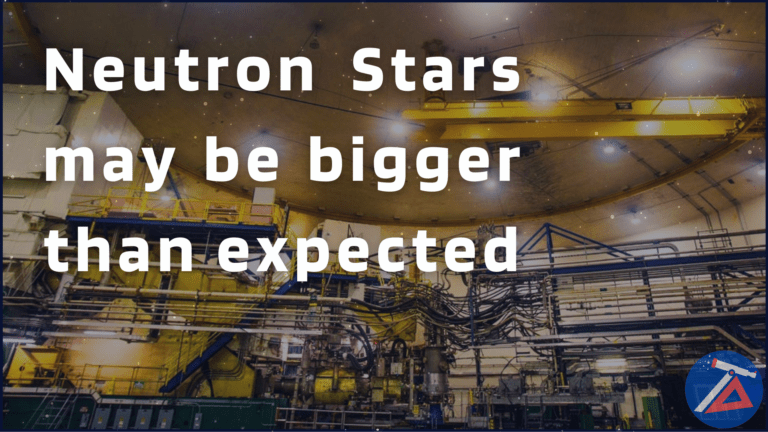
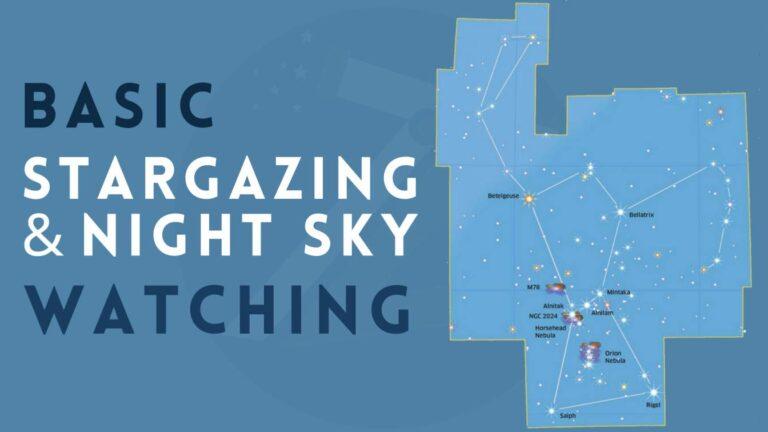
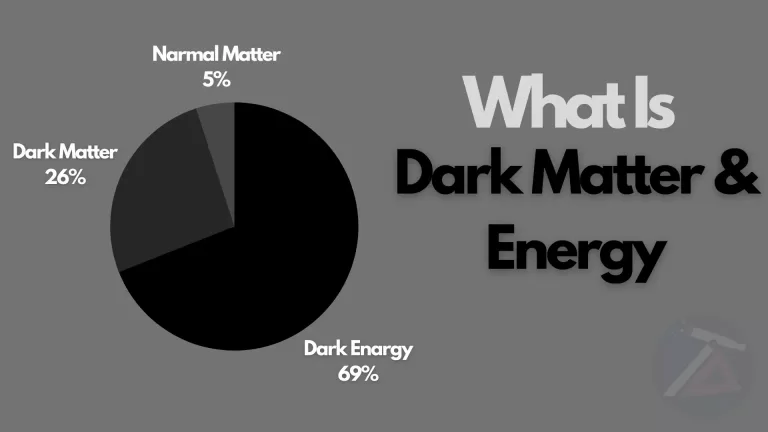

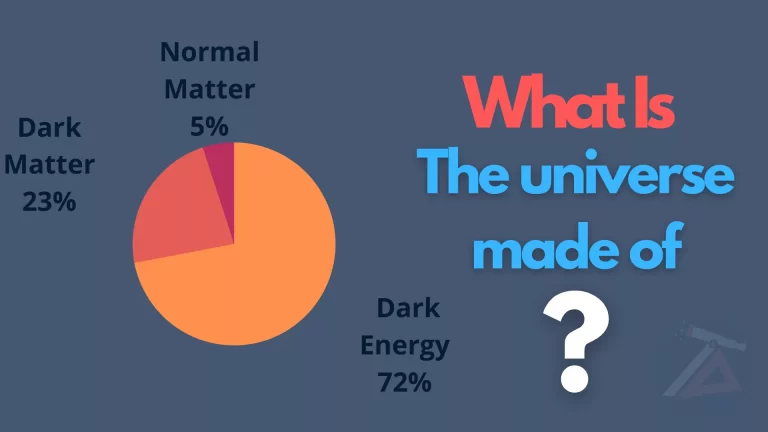
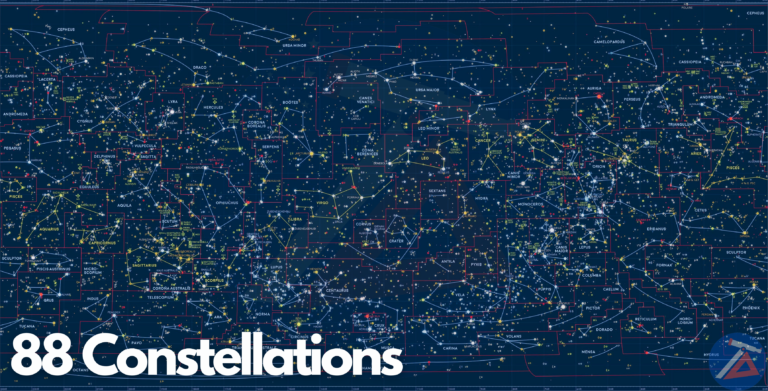
One Comment
Comments are closed.